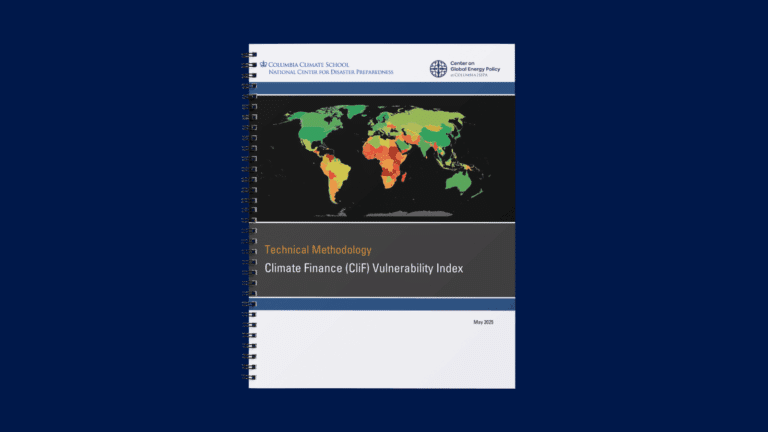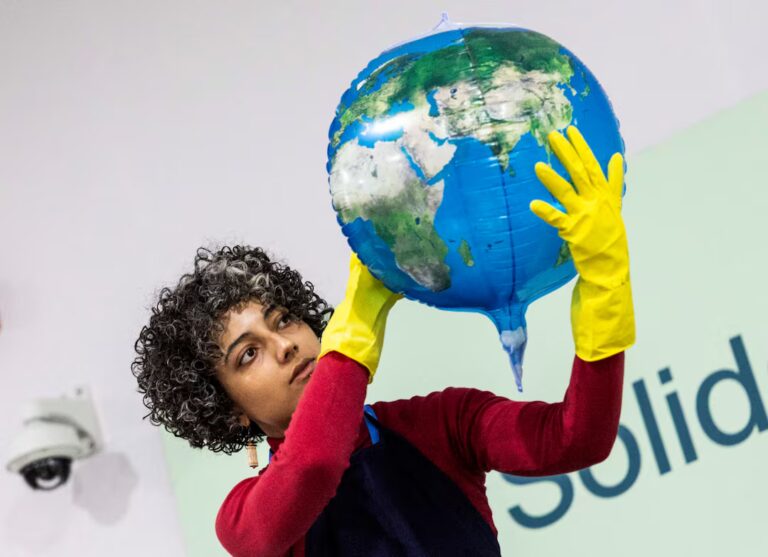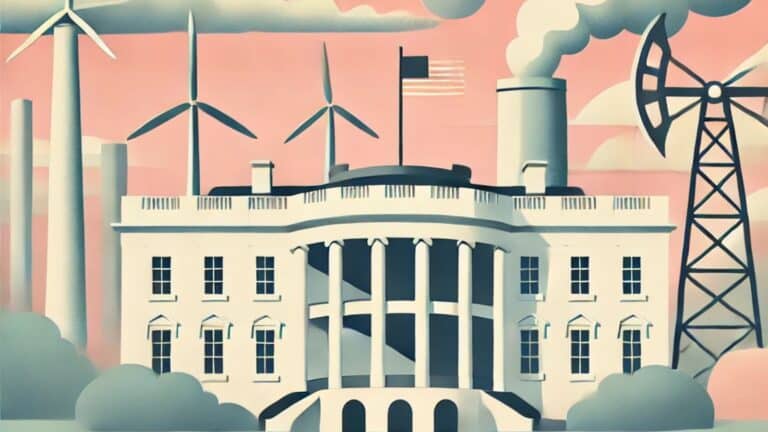Power prices are expected to soar under new tax cut and spending law
In states without policies to drive renewable energy, power prices could surge as federal tax incentives for clean energy disappear, according to Energy Innovation, a think tank.
Current Access Level “I” – ID Only: CUID holders, alumni, and approved guests only
China and the US are the world’s largest greenhouse gas emitters. In October, President Xi opened China’s 19th Party Congress declaring that China is “taking a driving seat in international cooperation to respond to climate change.” As President Trump arrives in Beijing for bilateral meetings, please join us please join us in exploring questions such as: What are China and the U.S. each doing to address climate change? Can cooperation between China and the US. on clean energy and climate survive a period in which the U.S. President questions the scientific consensus on climate change and rejects the Paris climate accords? What impact would potential energy trade disputes have on both countries? To address these and related questions, David H. Rank, a career Foreign Service Officer who who served until June as Charge d’Affaires at the US Embassy in Beijing, offered keynote remarks on US-China relations. After Rank’s remarks, CGEP Fellow and Senior Adjunct Research Scholar Jonathan Elkind moderated a discussion on energy and climate collaborations featuring:
Many parts of the US have experienced brutal, deadly heat in recent weeks—and there’s plenty of summer left. Intense rainfall, made more likely by warming, dropped more than...

Artificial intelligence is transforming our world—and the energy sector. Earlier this year, the International Energy Agency (IEA) released a comprehensive report examining both AI’s projected energy demands and...

The global energy landscape is shifting right now. Geopolitical tensions in the Middle East, debates about peak oil demand, and waning support for climate action in some parts...

Just two days after President Trump deployed America’s military to attack Iranian nuclear development sites, a shaky ceasefire between Israel and Iran brokered by President Trump emerged. So...

The Climate Finance (CliF) Vulnerability Index is designed to provide a comprehensive understanding of climate vulnerability for nation states in order to improve the targeting and provision of climate change adaptation financing.

Energy abundance isn't a climate strategy—it delays clean energy progress, harms global cooperation, and repeats past policy mistakes.

President Donald Trump has made energy a clear focus for his second term in the White House. Having campaigned on an “America First” platform that highlighted domestic fossil-fuel growth, the reversal of climate policies and clean energy incentives advanced by the Biden administration, and substantial tariffs on key US trading partners, he declared an “energy emergency” on his first day in office.
